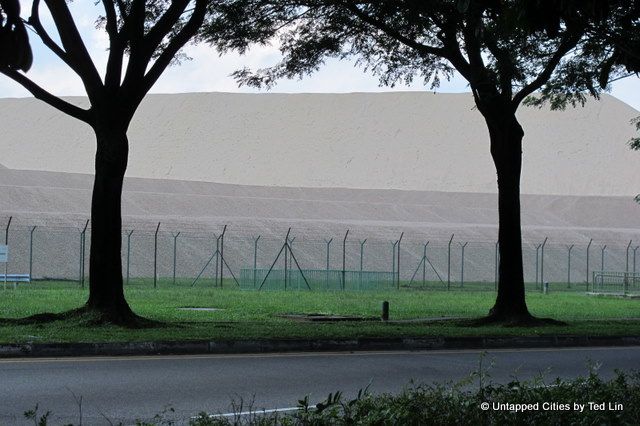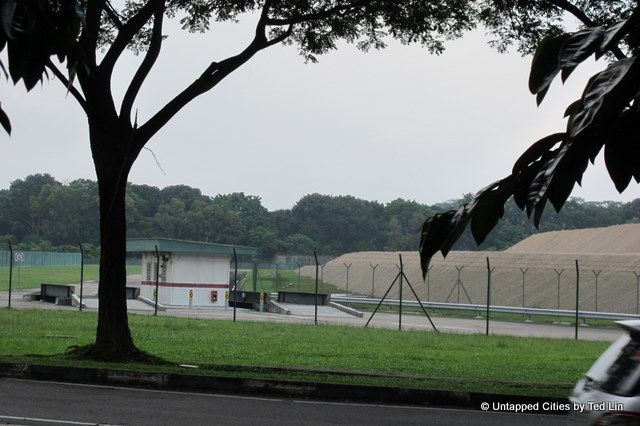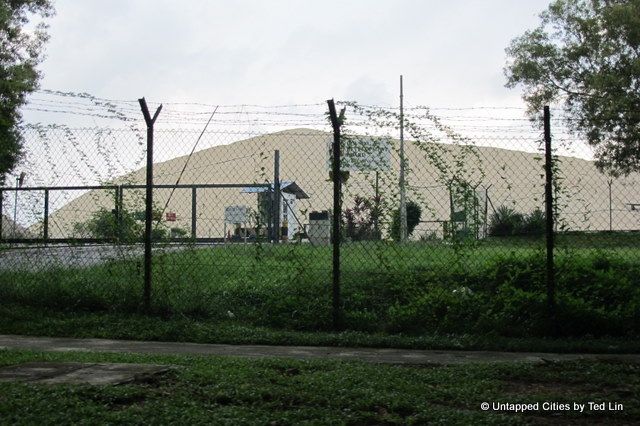Last-Minute NYC Holiday Gift Guide 🎁
We’ve created a holiday gift guide with presents for the intrepid New Yorker that should arrive just in time—


Different countries have different reserves. For the US, people often refer to America’s oil reserve which is used to reduce oil prices when global oil prices get too high. China has a pork reserve of 200,000 metric tonnes which is used to protect consumers against rising pork prices.
While the US has oil and China has pork, Singapore has its sand reserves. Singapore is quite literally a growing nation. While the country’s economic growth is well known throughout the world, less known is the fact the island nation has physically grown from 580 square kilometres in the 1960s to 710 square kilometres today. By 2030, there are plans to expand another 70 square kilometres. The growth in Singapore’s land size is because of land reclamation.
Notable landmarks in Singapore built on reclaimed land include Changi Airport, much of the central business district including Marina Bay and Jurong Island which is the base of Singapore’s petroleum industry.

There are two types of sand used for Singapore’s expansion. Sea sand is primarily used for land reclamation while river bed sand is used for concrete. For Singapore’s purposes, both are equally important.
Traditionally, Singapore has imported most of its sands from closest neighbours Malaysia and Indonesia. There was commotion caused in 2007 when Indonesia banned the export of sand to Singapore, although there are doubts whether the ban was due to economic or political reasons. There are also suspicions how much of Singapore’s sand imports are legal versus black market.
In 2007 when Indonesia banned the export of sand to Singapore, the government of Singapore took action to release sand from its national reserves. During this time, Singapore was at the height of building the two Integrated Resorts at Marina Bay Sands and Resorts World Sentosa. By releasing sand from the national reserves, this helped to keep sand cost down. However, the impact of Indonesia’s action spurred fervent debate on whether Singapore should switch a large portion of its construction from concrete to steel.
The national sand reserves are located in a remote part of east Singapore, beside the Bedok Reservoir in east Singapore. As you drive up to the reserves, the mountains of sand are quite surreal like you’re witnessing a scene out of Lawrence of Arabia. The overall facility is surrounded by high-security fences and patrol houses dot ever few hundred meters.


Though oil and pork may be more worthy reserves to talk about, Singapore’s sand reserves are definitely an interesting sight to witness.
Subscribe to our newsletter